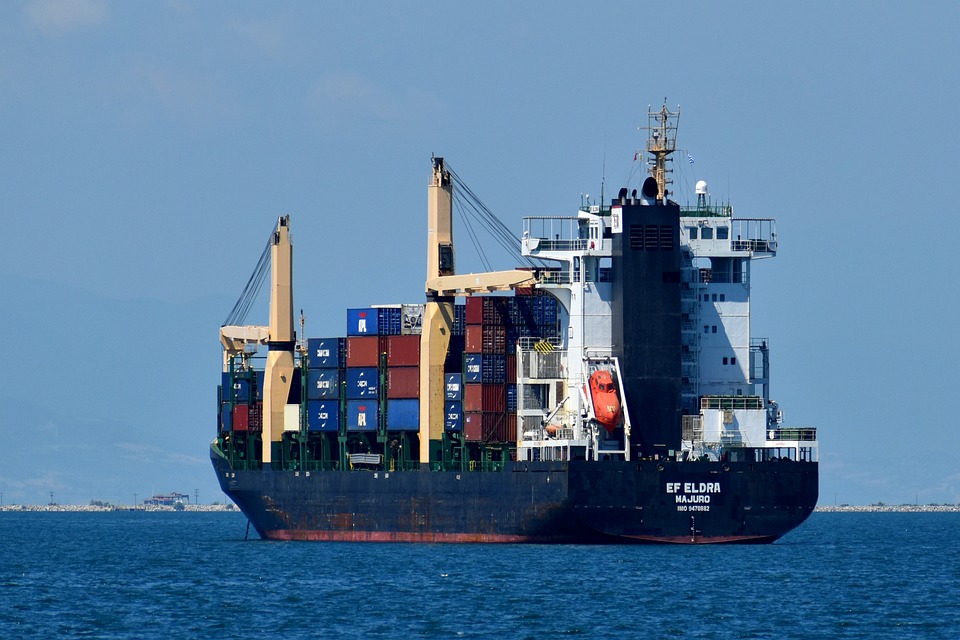
Special equipment imports: The "special" aspects that cannot be overlooked
As a 20-year veteran in the foreign trade industry, I've seen too many companies stumble during the import process due to a lack of understanding of the unique nature of special equipment. Unlike ordinary goods, special equipment is like the "VIP clients" in international trade—they require special attention and care.
Based on my experience, the three most problematic areas in special equipment import business are:
- Unclear classification: Many enterprises cannot distinguish which equipment belongs to special equipment
- Incomplete documentation: Missing necessary licenses or expired certificates
- Declaration errors: Rejected declaration due to improper goods attribute reporting
Classification of Special Equipment: Getting to Know These "Special Members"
The special equipment family is vast, mainly divided into two major categories:
Pressure Equipment: The "Dancer" of Pressure and Temperature
- Boilers: The "heart" of industrial production, with a volume ≥30L or pressure ≥0.1MPa
- Pressure vessels: Hazardous "storage tanks", working pressure ≥0.1MPa
- Pressure pipelines: The "blood vessels" of industry, with a diameter ≥50mm and pressure ≥0.1MPa
Electromechanical Equipment: The "Guardian" of Power and Safety
- Elevators: The "expert" in vertical transportation, excluding household use.
- Lifting machinery: The "carrier" of heavy loads, with a lifting capacity ≥3t
- Large amusement rides: The "joy generator," with a speed ≥2m/s or height ≥2m.
Import Declaration: The "Clearance Document" for Customs Clearance
When declaring imports, in addition to regular trade documents, special equipment requires special preparation:
Two key certificates:
- "Special Equipment Type Test Certificate" - Applicable to pressure pipelines, elevators, etc.
- "Special Equipment Manufacturing License" - Applicable to boilers, pressure vessels
Three "minefields" to avoid when filing:
- Incorrect declaration of cargo attributes (must select "39-Special Equipment")
- Discrepancy between permit number and customs database
- Expired permit
I remember a case in 2019 where a client mistakenly filled in "39-Special Equipment" as "40-Non-Special Equipment," resulting in the entire batch of equipment being detained at the port for half a month and causing significant losses.
Inspection and Supervision: The "Keen Eyes" of Customs
Customs inspections of special equipment can be described as "missing nothing," with a primary focus on:
- Product nameplates and safety warning labels
- Consistency between manufacturer information and permits
- Consistency between technical parameters and declaration
Specifically reminded:If inspection fails and rectification is impossible, the equipment may face return or destruction. Last year, a batch of amusement rides was forcibly returned due to failure to meet safety standards.
Special case handling: Pay attention to these situations
In special equipment imports, there are several special circumstances that require particular attention:
- Used Equipment Import: Some used special equipment is listed in the prohibited import catalog
- Non-Road Mobile Machinery: Emission compliance test reports must be provided
- Component Import: Components belonging to special equipment must also be declared as special equipment
There was a case where although the client imported equipment components, they were key parts of pressure vessels and ultimately had to complete the import following special equipment requirements.
Professional Advice: The "Secret" to Smoother Imports
Based on my 20 years of experience, here are several suggestions for enterprises preparing to import special equipment:
- Advance Confirmation: Confirm whether the equipment belongs to the Special Equipment Catalog before import
- Document Inspection: Ensure all permits are within their validity period
- Professional consultation: Contact customs or professional agents promptly when encountering issues
- Compliance preparation: Prepare technical documents and instructions as required
Remember, when it comes to importing special equipment, "sharpening the axe won't delay the job of cutting firewood" is definitely the best strategy. Rather than scrambling during customs clearance, it's better to make thorough preparations in advance.
Finally, I'd like to leave you with this thought: Importing special equipment may seem complex, but by mastering the regulations and preparing thoroughly, you can handle it as skillfully as operating ordinary equipment. Should you encounter any issues during actual operations, feel free to consult us "veteran foreign trade professionals" at any time.


 Follow Customer Service WeChat
Follow Customer Service WeChat